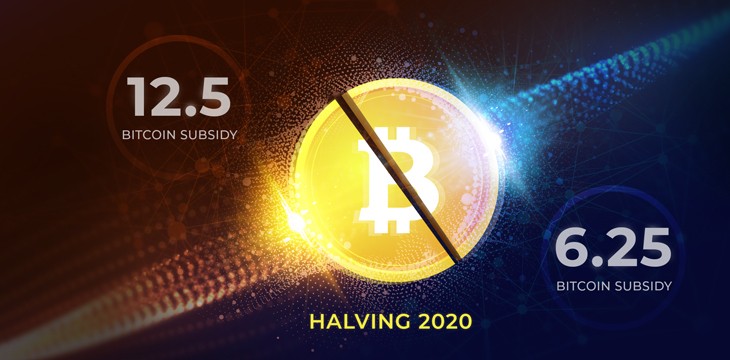Key Takeaways:
- Crypto payments are becoming mainstream with faster, cheaper, and safer options.
- Choosing the right wallet and payment platform is essential for smooth transactions.
- Merchants worldwide increasingly accept cryptocurrencies, making daily purchases easier.
How to Buy Goods with Crypto 2025
Crypto Payments Are Mainstream in 2025
The adoption of cryptocurrency for everyday transactions has accelerated in 2025. No longer limited to speculative trading, digital currencies like Bitcoin, Ethereum, and stablecoins are now viable payment methods for groceries, electronics, travel, and even real estate. This shift is driven by faster blockchain networks, lower transaction fees, and broader merchant acceptance.
As crypto infrastructure matures, both consumers and merchants benefit. Transactions are increasingly instant, and platforms now integrate seamlessly with point-of-sale systems. For buyers, this means convenience; for sellers, it opens up a global audience of crypto users.
Choosing the Right Wallet and Payment Platform
Buying goods with crypto starts with selecting the right wallet. Modern wallets are no longer just storage tools—they act as payment hubs. In 2025, many wallets feature integrated debit cards, QR-code payments, and multi-chain support. Popular wallets like MetaMask, Coinbase Wallet, and Trust Wallet now offer frictionless fiat-to-crypto conversions at the point of sale.
Equally important is the choice of payment platform. Services like BitPay, MoonPay, and NOWPayments enable merchants to accept crypto while automatically converting it to local currency if desired. This protects both parties from volatility, a concern that has historically slowed adoption.
When selecting a platform, consider security, supported currencies, and transaction speed. Mobile-friendly platforms with low fees are increasingly standard, making crypto payments nearly as convenient as using traditional credit or debit cards.
How Merchants Are Embracing Crypto
The retail landscape is changing. Major online marketplaces and physical stores are now integrating crypto payment options. Global e-commerce platforms, from electronics retailers to fashion brands, accept multiple cryptocurrencies, while travel agencies allow booking flights and hotels directly with digital assets.
The push toward crypto payments is fueled by younger consumers and tech-savvy demographics, who prefer decentralized, borderless payments. Additionally, stablecoins—cryptocurrencies pegged to traditional currencies—reduce the risk of price swings, giving merchants confidence to accept digital payments without financial exposure.
Moreover, loyalty programs and rewards in crypto are becoming commonplace. Shoppers can earn tokens for purchases or participate in blockchain-based cashback programs, further incentivizing adoption.
Tips for Smooth Crypto Purchases
- Confirm Merchant Acceptance: Always check which cryptocurrencies a merchant accepts and whether any third-party processors are involved.
- Be Mindful of Fees: While crypto can reduce cross-border transaction costs, some networks may charge higher fees during peak demand.
- Use Secure Wallets: Prioritize wallets with multi-factor authentication and private key control to avoid hacks.
- Track Transactions: Blockchain payments are immutable, but mistakes in wallet addresses are irreversible. Double-check before sending.
By following these steps, buyers can confidently use crypto for everyday purchases without unnecessary risk.
The Future of Crypto Payments
Looking ahead to 2026, crypto payments are expected to become even more seamless. Innovations such as Layer 2 solutions, faster consensus algorithms, and decentralized finance (DeFi) integrations will reduce friction and expand merchant options. Consumers may soon pay with digital assets as effortlessly as they tap a contactless card today.
As adoption grows, mainstream financial institutions are likely to integrate crypto support directly into banking apps, bridging the gap between traditional finance and blockchain-based payments. For both consumers and merchants, the future promises faster, cheaper, and more versatile ways to transact in the digital economy.
Conclusion
Buying goods with crypto in 2025 is no longer a futuristic concept—it’s a practical reality. By choosing the right wallets and platforms, understanding merchant options, and following basic security practices, consumers can enjoy a frictionless shopping experience. As blockchain technology evolves, crypto payments are poised to become a standard part of everyday commerce, offering speed, convenience, and a global reach like never before.




